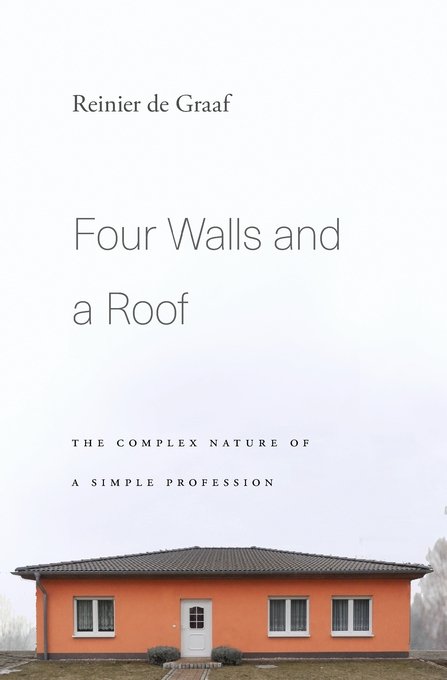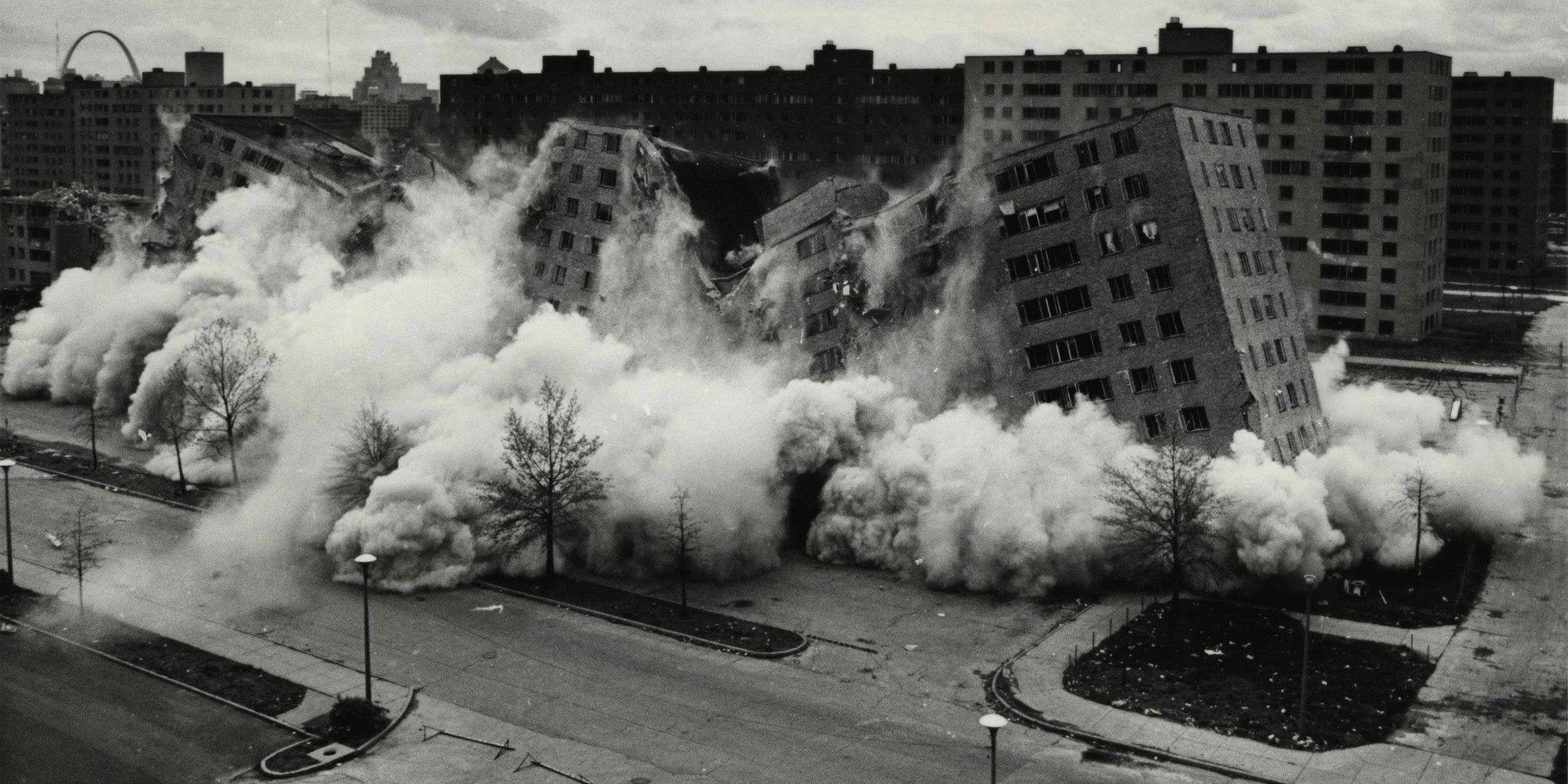The Complex Nature of a Simple Profession
it’s quite a title, right? And with an engaging and thoughtful opinion piece published on Dezeen, it’s exciting that there’s an entire book!. But, in short, this book is good. Not great. Just good. Let me explain.
Reinier de Graaf’s state of mind in the preface is refreshing: “Why this book? Most architects are lousy theorists: I am no exception. Whenever we offer theories, they should be mistrusted,” and then he notes, “That doesn’t mean, however, that what architects have to say is without value,” (xi).
I appreciate his self-awareness. Even though it doesn’t necessarily come across in the book, it’s a nice gesture. If anything, it’s a great jumping off point. It’s meant to ground him. He and the reader are equals. (It has taken all my willpower to not make a sarcastic comment about architects thinking they are equals with others. You’re welcome.)
The book is a collection of 44 different essays from de Graaf - about half written for the book and the other half written for other occasions. And, the topics are wide ranging.
There are well-researched history lessons - profiles of communism-led urban developments, origin stories of building technologies, and specific case studies, in particular the Hartsfield-Jackson International Atlanta Airport (I’ve said this before, but I love airports, so woohoo!)
Broad architectural theory is sprinkled throughout the book, including one chapter titled “The Inevitable Box”: “In the name of creativity, architecture sides with the masterpiece against the cliche, with the unique against the common, with the specific against the generic. Creativity prioritizes the exception over the rule and chooses the margins over the mainstream,” (72).
A box is a traditional and fundamental way to approach architecture. (Hi, yeah it’s me, not de Graaf). It has stood the test of time, so should we continue to design boxes? Should we design an anti-box, just to be different? What is the guiding principle there? Just to be avant garde? Is that enough of a reason?
In terms of architectural theory, I thought de Graaf did an okay job. Starting from an incredibly abstract idea, he jumps around a lot (in time, scale, and everything in between). This chapter is the epitome of the book. It’s exhaustive (not quite a compliment), but it leaves you with some thought-provoking questions.
De Graaf also shares personal anecdotes from his travels and work experience, that give you a (albeit still foggy) peek behind the curtain of one of the most influential architecture firms in contemporary times. Oh, maybe I should’ve mentioned that earlier. Reinier de Graaf is a partner at Office for Metropolitan Architecture (OMA), which was founded by Rem Koolhaas. Maybe I’ll eventually do an entire post about OMA, but they’re behind iconic buildings like Seattle Public Library, CCTV, among many others, and, they’re also heavily involved in theory including masterplans like the unbuilt Parc de la Villette and books like Delirious New York and Elements of Architecture. Oh, and don’t sleep on their research arm AMO, which de Graaf leads.
Like I said, I like the book. I think it’s an interesting perspective on the current state of architecture from someone who actually has a pulse on the profession. So, I guess my issue is the actual writing. it’s often dry and unapproachable. It’s not bad, but I just think it could be better. And it being a collage of essays, it lacks a certain cohesion, yet easily hits the 486 page mark.
And, it doesn’t touch on actual architecture as much as I thought it would. Which, in general, that’s fine. It’s undeniable that the influence of architecture extends beyond its walls. For most people, that’s the point of architecture - to influence people and society beyond just the building you design. And that’s certainly what this book is trying to get at. There are many other players and decision makers, sitting right next to the architect at the table. But, my preconceived notions of de Graaf being an actual architect and the title of the book made me believe that we were going to be playing on the beaches of architecture, not jumping into the ocean of urbanism and surfing the waves of critique. Idk. Maybe, that’s my fault. But when the title of your book is literally describing a very basic house, I would think you would talk about smaller scale projects of the actual built environment. But, maybe that’s his tongue in cheek way of doing things.
In good faith, I can’t recommend this book as an “essential.” To put it bluntly, it’s overly written, and it doesn’t push the narrative enough. But still, Reinier de Graaf and this book both give me hope. There is potential in this work. De Graaf talks about the future, and there is an undeniable emphasis put on the upcoming years. However broad the questions are (there are no answers), they make you consider the future. Which is good! We need to constantly question our present. Always be looking at what is next. No, don’t get bored with what you’re doing, but question why you’re doing it. There’s always room for improvement. And, remember, the answer isn’t necessarily more complicated. it might just be as simple as four walls and a roof.




